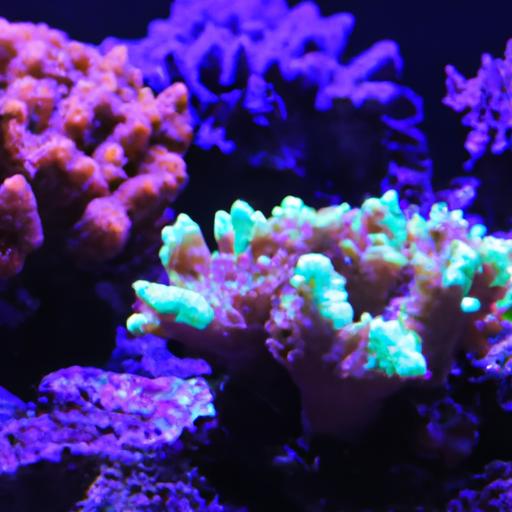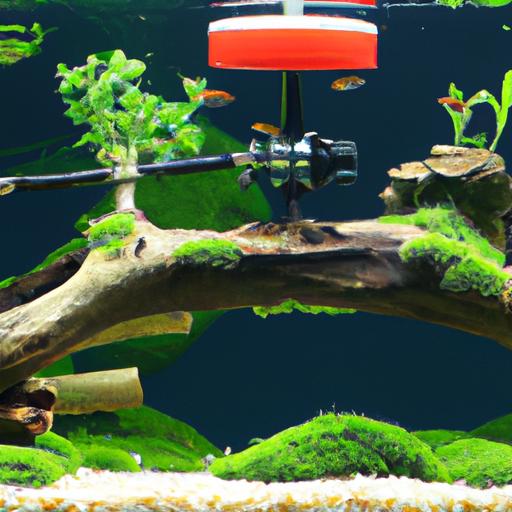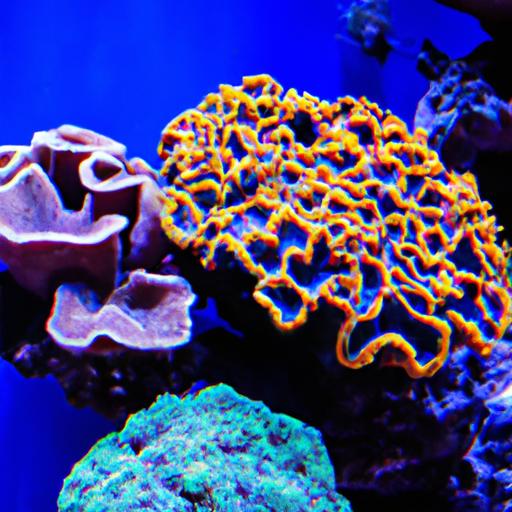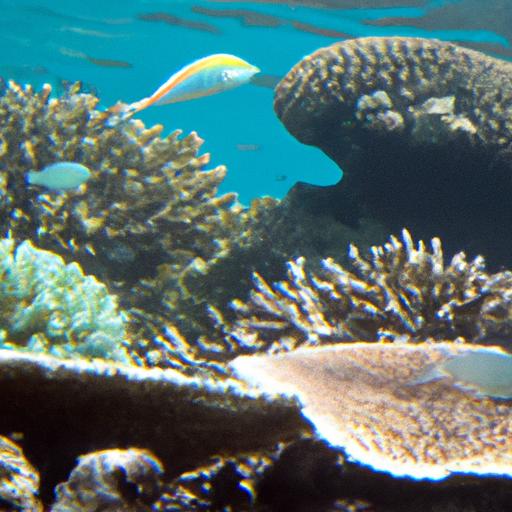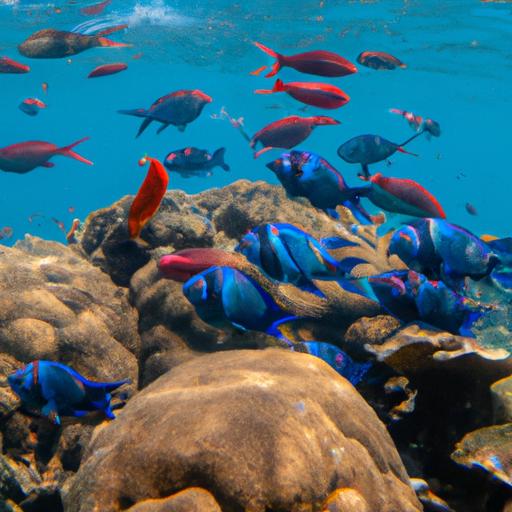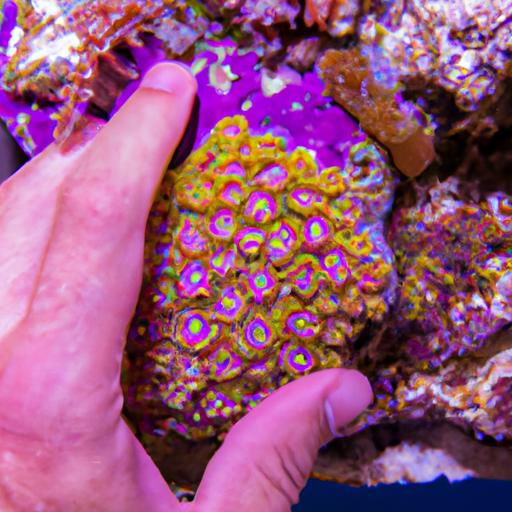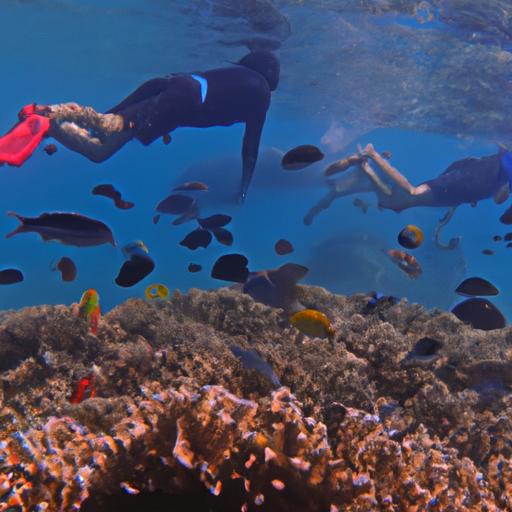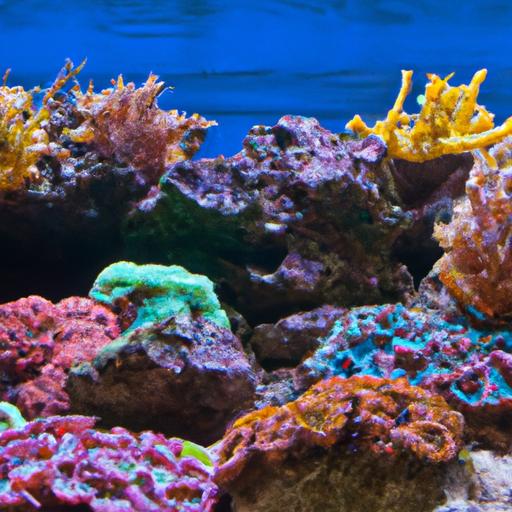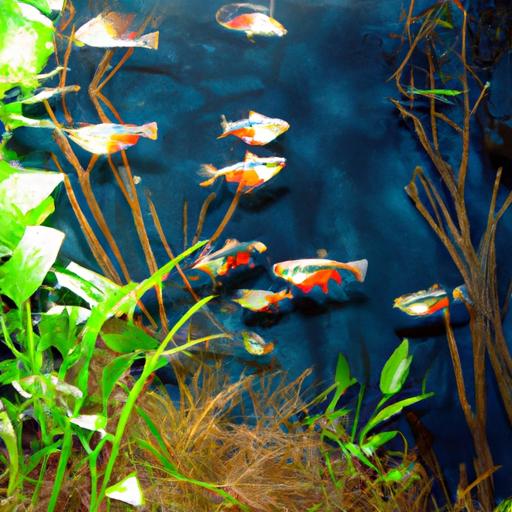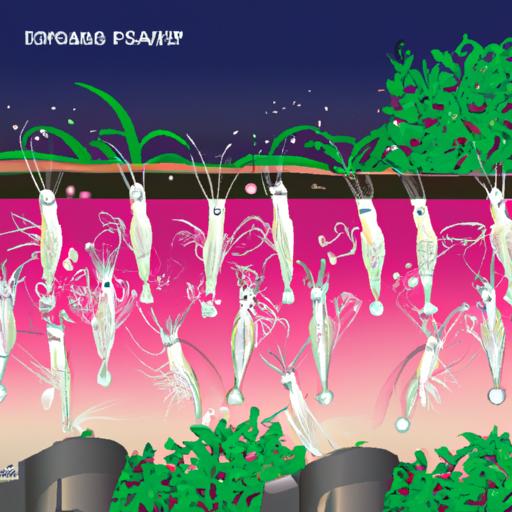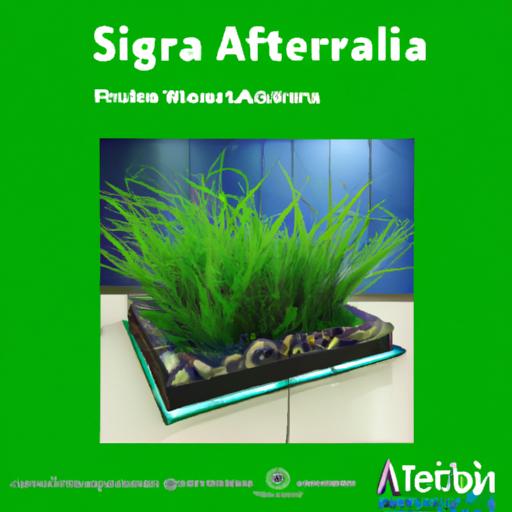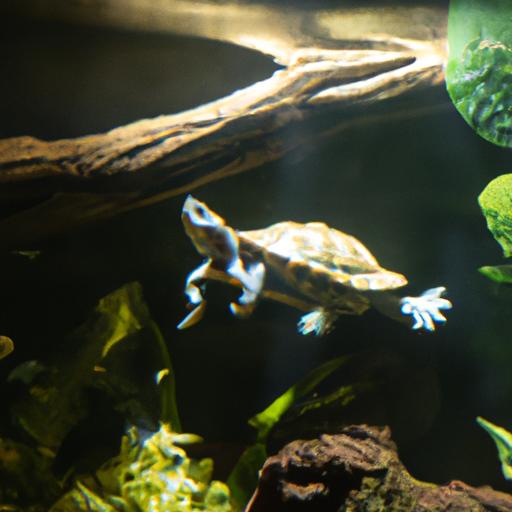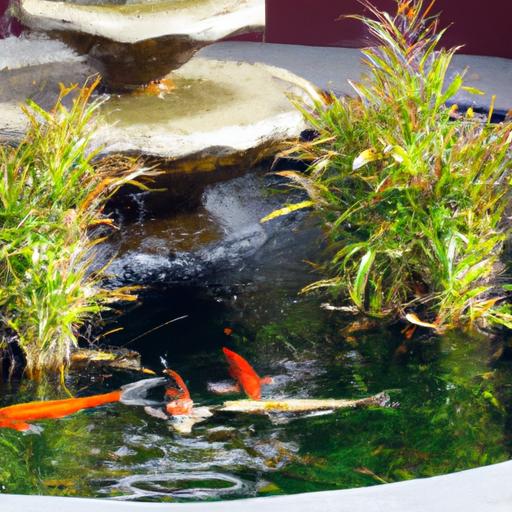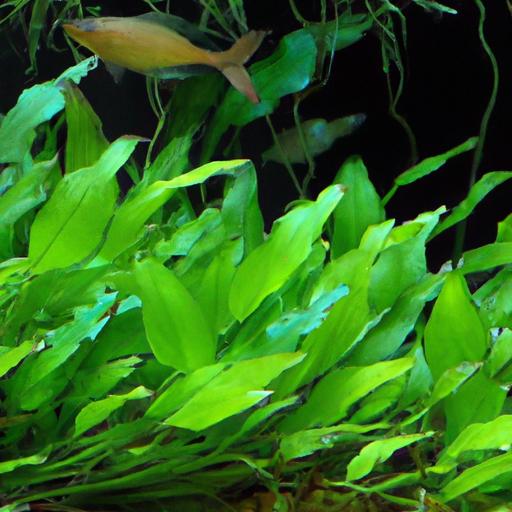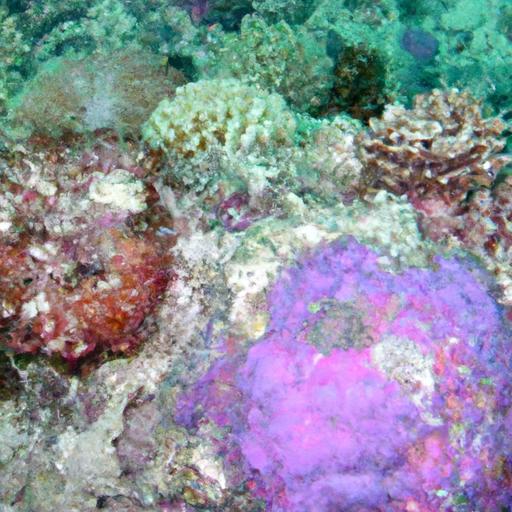
Coral Propagation Techniques: From Frag to Thriving Colony
Discover the power of coral propagation techniques! Learn how to transform coral fragments into thriving colonies with our guide.
Introduction
Coral reefs are not only breathtakingly beautiful ecosystems but also vital for marine biodiversity and the overall health of our planet’s oceans. However, these delicate ecosystems are under threat due to various factors, including climate change, pollution, and overfishing. To combat the decline of coral reefs, coral propagation techniques have emerged as a promising solution. In this article, we will explore the different methods and benefits of coral propagation techniques, and how they can help transform coral fragments into thriving colonies.
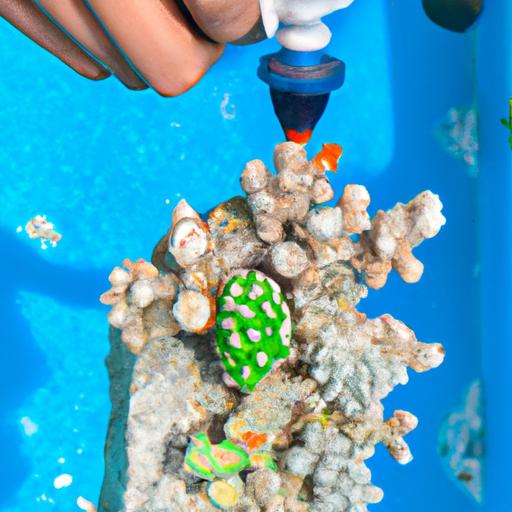
Coral Propagation Techniques
What is Coral Propagation?
Coral propagation, also known as coral farming or coral gardening, is the practice of cultivating and nurturing coral fragments in controlled environments until they grow into healthy colonies. This technique involves carefully fragmenting healthy corals and providing them with optimal conditions for growth, such as proper lighting, water quality, and nutrient levels.
Methods of Coral Propagation
-
Fragmentation: One of the most common methods of coral propagation is fragmentation. This involves carefully breaking off small pieces of healthy corals, known as fragments or frags, and attaching them to a substrate or a specially designed structure called a frag plug. These fragments are then placed in a suitable environment where they can grow and develop into new coral colonies.
-
Coral Farming: Coral farming involves cultivating coral fragments in dedicated facilities or aquariums. This method allows for precise control over environmental conditions, including temperature, lighting, and water quality. Coral farmers carefully monitor and nurture the fragments until they are ready to be transplanted onto reefs or used for research, restoration, or educational purposes.
Benefits of Coral Propagation Techniques
The use of coral propagation techniques offers numerous advantages for coral conservation and reef restoration efforts:
-
Reef Restoration: By cultivating and nurturing coral fragments, we can actively contribute to the restoration of damaged or degraded coral reefs. These propagated corals can be transplanted onto reefs, helping to rebuild and revive these vital ecosystems.
-
Genetic Diversity: Coral propagation techniques allow for the preservation and enhancement of genetic diversity. By selectively fragmenting and propagating corals from different colonies, we can help maintain a healthy and resilient gene pool, which is crucial for the long-term survival of coral reefs.
-
Research and Education: Coral propagation provides scientists, researchers, and educators with valuable opportunities to study and understand coral biology, growth patterns, and responses to different environmental conditions. This knowledge can aid in developing effective strategies for reef conservation and management.
-
Economic Benefits: Coral reefs are not only ecologically important but also economically valuable. They support tourism, provide habitat for commercially important fish species, and act as natural barriers against coastal erosion and storm damage. Coral propagation techniques can help ensure the sustainability of these economic benefits for coastal communities.
Factors to Consider
Before embarking on a coral propagation project, several factors should be taken into account:
-
Expertise and Training: Coral propagation requires specific knowledge and skills. It is crucial to receive proper training or work with experienced professionals to ensure the success of your propagation efforts.
-
Access to Healthy Coral Colonies: It is essential to source coral fragments responsibly from healthy, sustainable populations. Taking fragments from wild reefs without proper permissions or permits can harm natural coral populations and ecosystems.
-
Proper Facilities and Equipment: Creating a suitable environment for coral propagation requires adequate facilities and equipment, such as aquariums, lighting systems, water filtration, and temperature control. Investing in the right infrastructure is key to the success of your coral propagation project.
-
Monitoring and Maintenance: Regular monitoring and maintenance are vital to ensure the health and growth of propagated corals. Factors such as water quality, lighting, and nutrient levels must be regularly monitored and adjusted as needed.
FAQ (Frequently Asked Questions)
What are the common challenges faced in coral propagation?
Coral propagation can be a complex process with several challenges, including:
- Fragment Survival: Not all coral fragments will survive and grow into thriving colonies. Some may fail to attach to the substrate or experience stress due to environmental conditions, impacting their survival rate.
- Disease and Predation: Coral fragments are vulnerable to diseases and predation. Proper care and monitoring are necessary to prevent the spread of diseases and protect the fragments from predators.
- Genetic Variation: Maintaining genetic diversity can be challenging, especially when working with limited coral colonies. Careful selection of parent colonies and proper genetic management techniques can help address this challenge.
How long does it take for a coral fragment to grow into a thriving colony?
The growth rate of coral fragments can vary depending on the species, environmental conditions, and other factors. On average, it can take anywhere from several months to a few years for a coral fragment to develop into a thriving colony. Patience and consistent care are essential throughout the process.
Can any type of coral be propagated using these techniques?
While many coral species can be propagated using coral propagation techniques, some species are more challenging to propagate than others. Certain delicate or slow-growing coral species may require specialized care and expertise. It is important to research and understand the specific requirements of the coral species you intend to propagate.
Are there any specific requirements for maintaining a successful coral propagation system?
To maintain a successful coral propagation system, several key requirements should be met:
- Lighting: Adequate lighting is crucial for coral growth and photosynthesis. Different coral species have varying light requirements, and providing the appropriate lighting spectrum and intensity is essential.
- Water Quality: Maintaining stable and high-quality water parameters, including temperature, salinity, and nutrient levels, is essential for the health and growth of propagated corals.
- Nutrient Management: Proper nutrient management is necessary to prevent excessive algae growth, which can negatively impact coral health. Regular water testing and adjusting nutrient levels are important aspects of coral propagation.
How can I contribute to coral conservation through coral propagation techniques?
If you are passionate about coral conservation, there are several ways you can contribute:
-
Support Research and Conservation Organizations: Donate to or volunteer with organizations that focus on coral research, restoration, and conservation efforts. These organizations often rely on public support to carry out their important work.
-
Spread Awareness and Education: Share your knowledge of coral propagation techniques with others. Educate friends, family, and your community about the importance of coral reefs and the role that coral propagation plays in their conservation.
-
Get Involved in Local Restoration Projects: Participate in local coral reef restoration initiatives or community-based coral propagation projects. These hands-on experiences can make a significant difference in the restoration and conservation of coral reefs.
Conclusion
Coral propagation techniques offer a ray of hope for the restoration and conservation of our precious coral reefs. By fragmenting and cultivating corals, we can actively contribute to the growth and revival of these vital ecosystems. Through the use of proper methods, expertise, and a commitment to sustainable practices, we can transform coral fragments into thriving colonies, ensuring the long-term survival of these magnificent underwater habitats. Let us all embrace the power of coral propagation techniques and join hands in safeguarding the future of our coral reefs. Together, we can make a difference.
